Between June 10 – July 23, 2013, Nicola Colombo and Valerio Fumagalli rode electric motorcycles from Shanghai to Milan, covering 7,691.94 miles through 12 countries in 44 days. This set a Guinness World record, which still stands for the Italian friends / co-founders of Italian Volt, an e-bike maker in Milan that relies on 3D-printing technology.
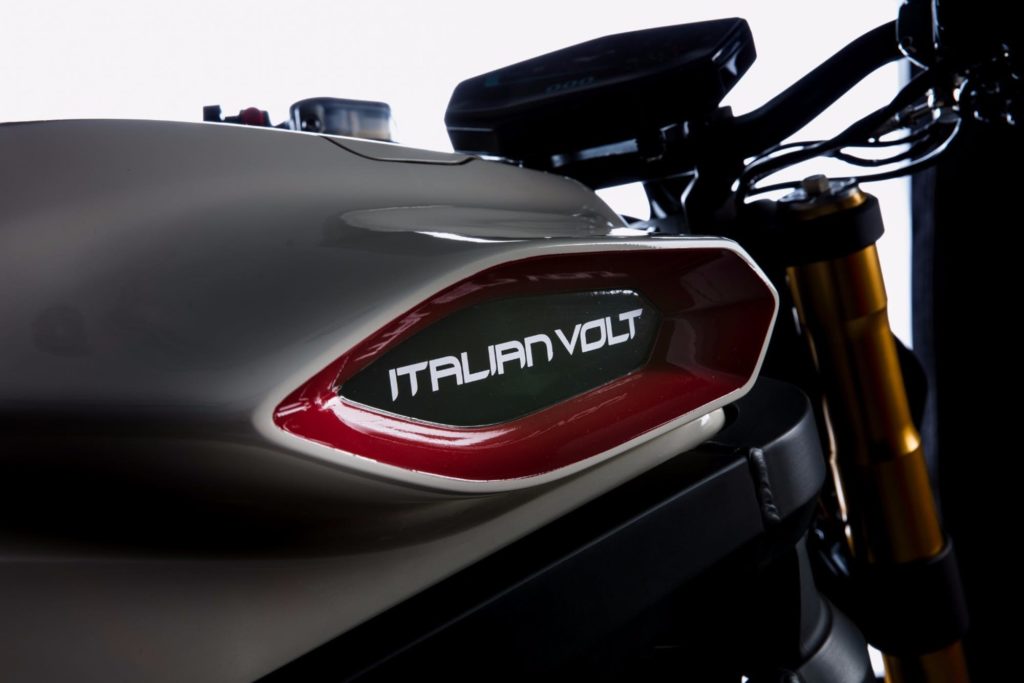
Along with co-founder Adriano Stellino, the young company has developed (and will soon be producing) the Lacama, a 245kg e-bike with a nearly 200km range and a top speed of 180kph (100mph) with 153 pound-feet of torque. I recently spoke with Colombo and Stellino about the genesis of the company, and what to expect in the next year.
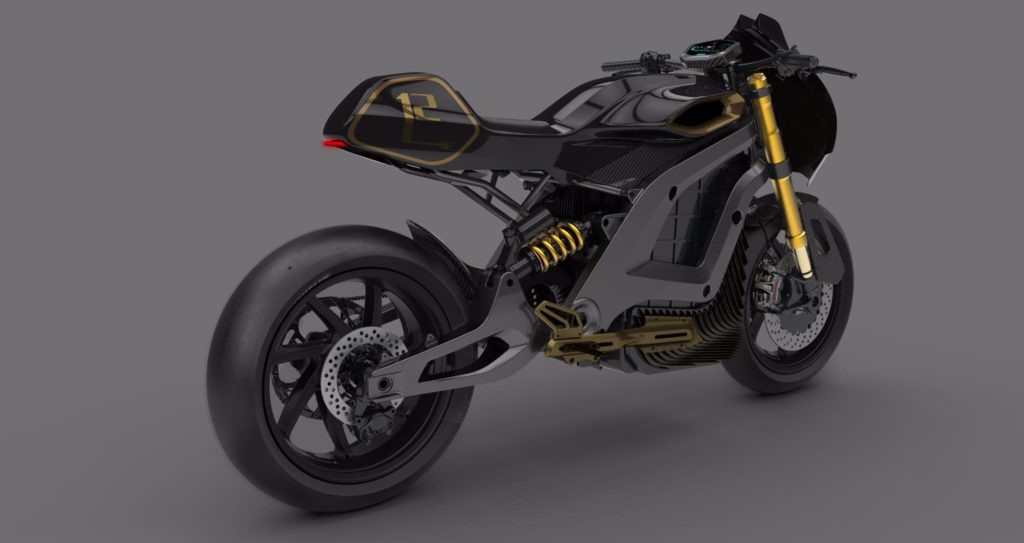
I’m happy that our Guinness World record is yet to be beaten! I’ve learned so much from that adventure; not only technicalities of EV that became so useful in our project, but also the resilience to overcome infinite number of challenges, failures, and problems.
Italian Volt is currently in the advanced prototype phase with its first motorcycle – Lacama – but over the last few months we’ve been also focused on extending our engineering operations which are essential to implement all the technologies we have in our roadmap. We’re currently working on projects that span from an AI-based battery management system to innovative thermal management solutions for lithium-ion battery packs, just to name a few.
The future of Italian Volt—beside becoming an iconic made-in-Italy design shop which has its essence in the Lacama motorbike—is to be a solution provider in the fast growing EV marketplace.
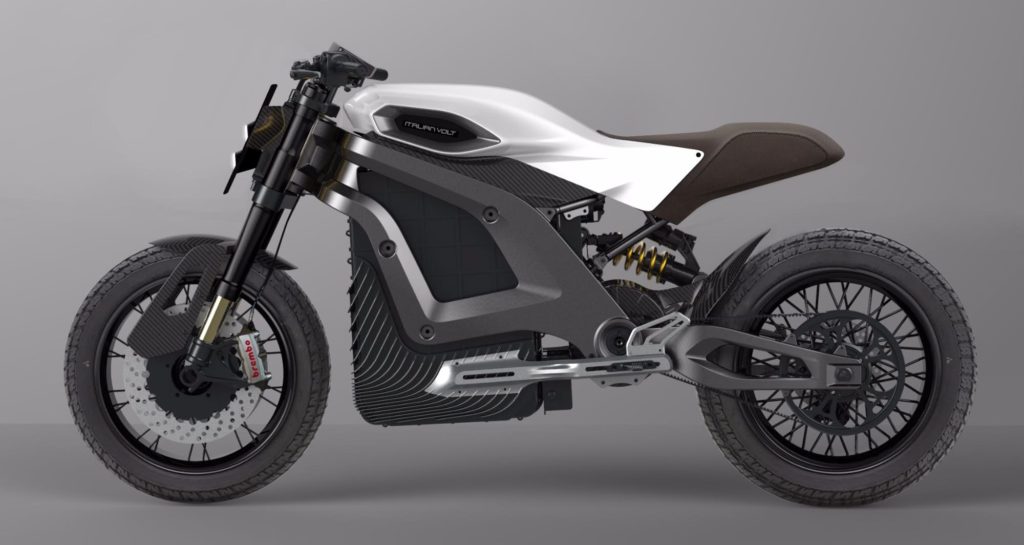
When I first imagined Lacama I knew the proportions of the bike should be dynamic but not too advanced, as e-bikes can be scary to new customers. The result is a bike that appears quite “regular,” but once you get closer you’re attracted and start to catch details.
A big challenge compared to using a traditional petrol engine bike was placing the battery pack and give it a good looking shape while hiding the controller and charger beneath the body.
Hidden in the fine print are the words “Don’t drink and ride; it is illegal and dangerous. Make love instead and ride later.”
Nicola, how long did the first concept take to bring to reality?
It’s been two years now, but somehow it’ll go over for many years more, because we’re creating something unique to every customer, making the journey our mission, not the destination.
Adriano, is it a challenge to procure parts and components from companies like Brembo and Ohlins, or are they more than willing to be a part of the e-bike movement?
A new noiseless driving experience—where the handling and performance are still as important as a combustion engine bike—prompts us to choose aftermarket components (brakes, suspension, tires) from the best companies. A challenge for us is to always combine design and components in a unique way.

I found the inspiring idea of Lacama’s design in sculptures, with no gap or cutting line that divides the body in different parts, only one sculptured shape that follow any single client’s wish. This is definitely something no one else offers in the market.
In automotive design, any car born as a body shape without any lines looks amazing before being “sectioned” by dividing doors, fenders, bumpers, etc. I’ve always wanted to see a vehicle that somehow can skip that part and be really different.
Nicola, when might production models become available, and what is the approximate retail price in US dollars?
We started accepting pre-orders for a small series of 15 units last October; so far our manufacturing capacity has been fulfilled and we’re very happy about it. The first 15 bikes to be produced are designed together with our customers throughout specific projects where we don’t pose any limit. The price is variable as the bikes are quite different one to each other, and started at $38,000.
Our target for 2019 is to scale up the production by maintaining the customization philosophy but offering a bespoke process where the customer can choose among an extensive catalogue of options. This second series will have a list price targeted around $45,000.
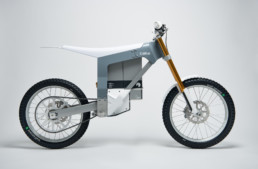
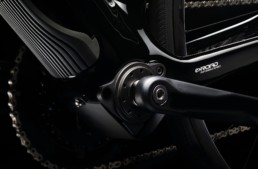
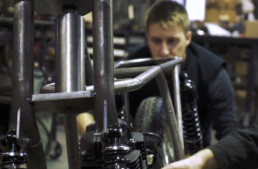
Its nice enough and the lines and aesthetics are quite well conceived . The problem though is like almost every other EV including automotive EV’s its based on a 100% ICE platform ignoring all the potential advantages of an EV if it were to be built upon an EV proprietary designed platform .
And then … there’s all the inherit problems of al current EV’s including weight , battery life ( as well as Li’s issues with heat cold and altitude ) , recharging time , complexity etc that this effort does nothing to mitigate .
All of which … once the story versus the facts are added up .. makes this effort yet another expensive EV toy for some well heeled collector to display in his/her living room rather than any semblance of viable and usable transportation
Which is to say in summation … like all current EV’s two wheels or four … this one is abject technology for technology’s sake* … and ” Not Ready for Prime Time ” … in the slightest
Ecco .. basta .. ciao …… 😎
* for an in depth look at the concept of technology for technology’s sake read Umberto Eco’s ” Traveling with a Salmon ” and ” Chronicles of a Liquid Society ” along with John Lukacs’s ” At the End of An Age “